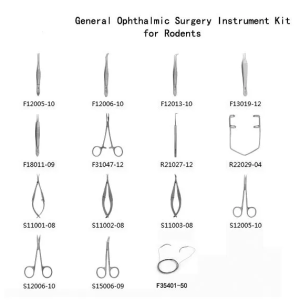$990.00
Includes 3+ year subscription, with up to 500 hours of data and storage per year
Price per year.

AfaSci, Inc. is a biopharmaceutical company focused on discovering and developing innovative therapies for pain management and neurological disorders. Based in the San Francisco Bay Area, AfaSci specializes in non-opioid, non-NSAID solutions to address chronic pain, neuropathic conditions, and central nervous system diseases. Their research is centered around peptide and small molecule drugs, with several promising preclinical candidates targeting specific ion channels and enzymes involved in pain and inflammation. With…



BehaviorCloud tracks your usage of the platform based on total streamed/uploaded data during a given billing cycle. Our base academic plans include 500 hours of data streaming/upload per year, which we’ve found to be sufficient for most labs.
Unlimited analysis and re-analysis are included in your paid plan. You are only billed for streamed/uploaded data. Also, we give you the option to upload video or other raw data directly into your account for analysis using our tools.
1-year Basic Subscription – $1249/Per Year
Multi-year Basic Subscription – $990/Price per Year
| Brand | BehaviorCloud |
|---|
You must be logged in to post a review.
There are no questions yet. Be the first to ask a question about this product.
Monday – Friday
9 AM – 5 PM EST
DISCLAIMER: ConductScience and affiliate products are NOT designed for human consumption, testing, or clinical utilization. They are designed for pre-clinical utilization only. Customers purchasing apparatus for the purposes of scientific research or veterinary care affirm adherence to applicable regulatory bodies for the country in which their research or care is conducted.
Reviews
There are no reviews yet.